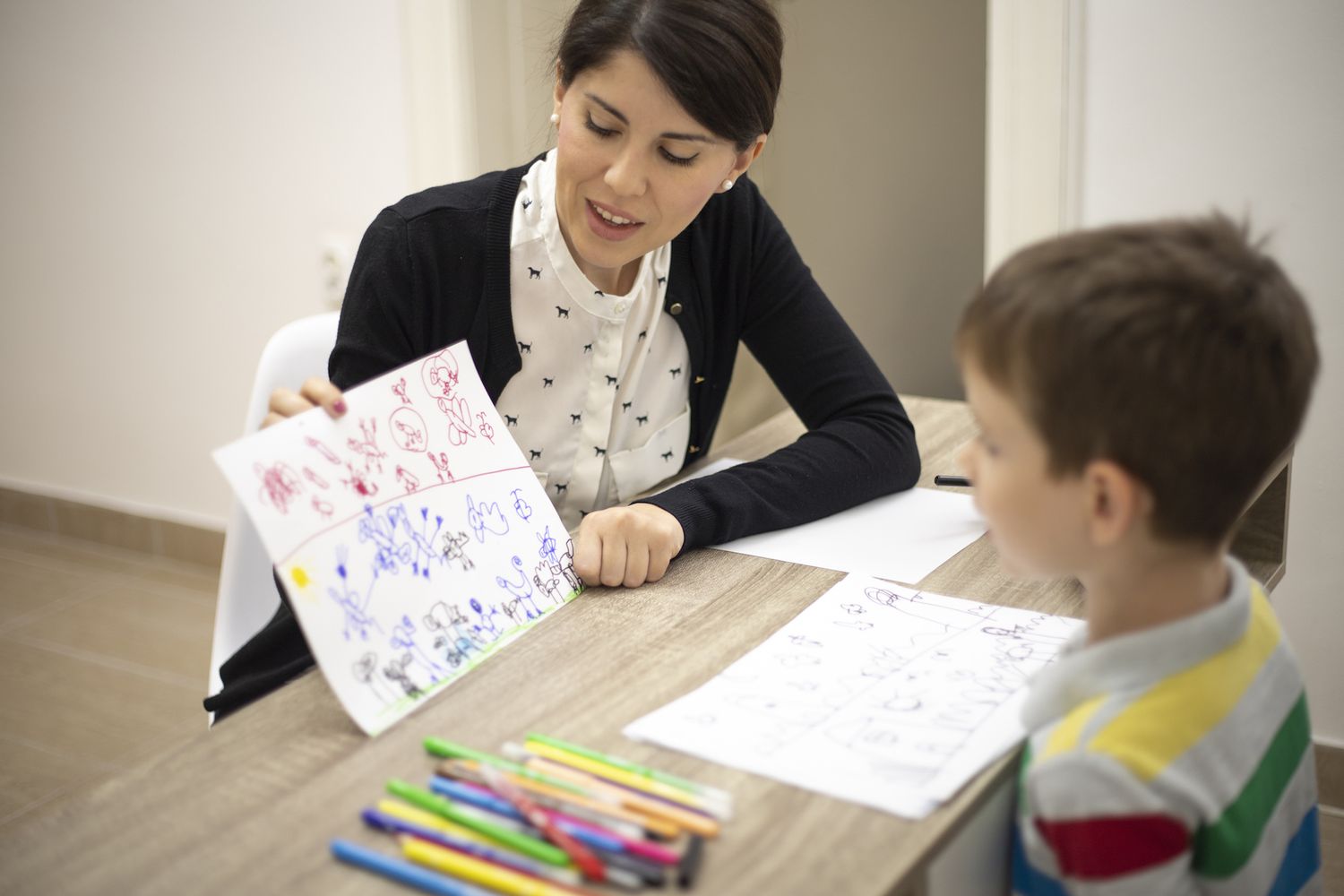A Parent’s Primer on ABA Therapy: What You Need to Know
Welcome, amazing parents! If you’re embarking on the wonderfully intricate journey of understanding ABA (Applied Behavior Analysis) therapy, you’re in the right place! Designed to lift the fog on ABA and sprinkle some clarity, we’ll delve deep into the world of this evidence-based treatment that’s been making waves in supporting children, especially those with Autism Spectrum Disorder (ASD).
What Exactly is ABA Therapy?
At its core, ABA therapy is a scientific approach to understanding behavior. It’s all about helping children learn social, communication, and learning skills through positive reinforcement. This therapy has a sparkling record of enhancing the lives of kiddos with autism and other developmental conditions. It’s like giving your child a toolbox filled with skills that will help them navigate life’s social seas with more confidence!
The Nitty-Gritty of ABA Techniques
ABA isn’t just one-size-fits-all; it’s more like a bespoke suit tailored to your child’s unique needs. Therapists use a variety of techniques to encourage useful behaviors and dial down the less helpful ones. Techniques like discrete trial training, pivotal response training, and natural environment teaching all play starring roles in this therapeutic approach.
How Beneficial is ABA Therapy?
Imagine a graph where the line keeps going up – that’s often what happens with ABA therapy. It’s research-backed and has shown promising results in improving communication skills, increasing focus, and decreasing problematic behaviors. Think of it as nurturing your child’s potential and watching the fruits of your collective efforts bloom.
Is ABA Therapy Right For Your Child?
A crucial question, indeed! ABA therapy isn’t exclusive to ASD; it can be a guiding light for children with a variety of behavioral and developmental challenges. If you notice your child struggling with communication, social interactions, or learning new skills, or if a professional has recommended ABA, this could be a therapy worth considering.
Let’s set sail on this journey together, shall we? By strengthening our understanding, we’re powering up to make informed decisions for the well-being of our kiddos. So, lace up those parental sneakers, and let’s delve deeper into the beautifully complex world of ABA therapy!
A Closer Look at the ABA Therapy Process
The ABA process usually kicks off with a thorough assessment by a qualified practitioner to identify your child’s specific needs. Next comes the personalized treatment plan, where goals are set, and strategies are plotted. With consistent sessions, your child begins to accumulate a wealth of new skills, making everyone involved beam with pride.
Remember, ABA therapy isn’t a sprint; it’s a marathon with each lap celebrating a new milestone achieved by your child. It requires patience, love, and a dash of grit. But the rewards? They’re as limitless as the horizon.
Stay tuned as our ABA therapy guide continues, exploring how you can find the right therapist, engage in the therapy process, and nurture your child’s journey from the comforts of your home. Here’s to embracing the power of knowledge and taking confident strides towards a brighter future for your little one. Keep shining, dear parents!
(This is an introduction to a comprehensive long-form article about ABA therapy for parents, to be continued in the following segment…)

5 Things Parents Should Know in Preparing for ABA Therapy
As we continue our journey into the heart of ABA therapy, here are five pearls of wisdom to help you prepare for the voyage ahead:
1. Understand the Commitment
Time Investment: ABA therapy isn’t a quick fix; it’s a commitment to your child’s progressive development. Sessions can range from a few hours a week to 40 hours, depending on the child’s needs. Embrace the process and prepare to invest time for the long haul, parents!
Home Involvement: Your involvement doesn’t end when sessions do. ABA techniques can and should be reinforced at home. Preparing your family to use these strategies consistently will create a seamless learning environment for your little one.
2. Team Collaboration is Key
Working closely with the therapy team will turn what could be a solo swim into a synchronized team effort. Communication is crucial! Share observations, ask questions, and create a bridge of insights between home and therapy. Everybody’s on the same page, and it’s a beautiful one!
3. Prepare for Emotional Ups and Downs
Ups and downs are part of any epic adventure, and ABA therapy is no exception. There will be breakthroughs that make you jump for joy and setbacks that may cause concern. Keep in mind that both are part of your child’s learning curve. It’s okay to feel the feels, parents—just ride the waves and keep sailing forward.
4. Customize the Environment
Create a space at home that’s conducive to learning. A quiet, distraction-free zone where ABA principles can be implemented can make for more effective practice. Think calming colors, organized materials, and a splash of fun—it’s their special learning nook!
5. Gather Your Support System
Remember, you’re not alone. Collect a treasure trove of supporters—family, friends, professionals, and parent groups—who understand ABA and can provide encouragement. It’s okay to lean on others; that’s what they’re there for!
Chartering the seas of ABA therapy is no small feat, and preparation is your trusty compass. With these five tips in your parenting backpack, you’ll be equipped to navigate the journey ahead. Onward to positive change, better skills, and seeing your child thrive—one ABA session at a time!
(Next, our ABA therapy guide will venture into selecting the perfect ABA therapist and understanding the day-to-day workings of therapy sessions. Your role in this voyage is pivotal, brave navigators of parenthood, so let’s continue to unravel the mysteries of ABA together!)
. For more information see here
Disclaimer
The articles available via our website provide general information only and we strongly urge readers to exercise caution and conduct their own thorough research and fact-checking. The information presented should not be taken as absolute truth, and, to the maximum extent permitted by law, we will not be held liable for any inaccuracies or errors in the content. It is essential for individuals to independently verify and validate the information before making any decisions or taking any actions based on the articles.




